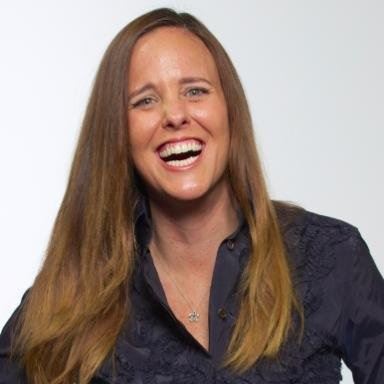On October 12, 2016, MBC members and guests were treated to guest speaker Sarah Hernholm, the founder of Whatever It Takes. Based in San Diego, with locations in St. Louis, New York City, and now Austin, WIT provides the only 6 unit college credit social entrepreneur and leadership program for high school teens in the U.S.
 During breakfast, MBC learned that WIT founder, Sarah Hernholm, came to be the founder of WIT after being laid off from elementary school teaching -- not once, but each of the four years she taught.* While she was teaching, Ms. Hernholm found that all her students could "benefit from entrepreneurial thinking," as it encourages them to be "solution-oriented people."
During breakfast, MBC learned that WIT founder, Sarah Hernholm, came to be the founder of WIT after being laid off from elementary school teaching -- not once, but each of the four years she taught.* While she was teaching, Ms. Hernholm found that all her students could "benefit from entrepreneurial thinking," as it encourages them to be "solution-oriented people."
One way that WIT differentiates itself from other high school programs focused on business is that her program "highly encourages failure." WIT believes in allowing teens a space to take risks -- and bounce back from that failure -- a necessary life skills.
WIT participants are not in a pitch contest, but rather are charged with designing and launching a social enterprise or project. When asked about why WIT explicitly calls for a social enterprise, Ms. Hernholm's response was two-pronged. First, she replied that as millennials become a significant economic force, they are demanding that the market provide products and services which have a social impact. And youth today want careers where they help improve human and environmental well-being. Second, "if all people were doing what they were passionate about, the world would be a very different place." Ms. Hernholm emphasizes that teens can do both: make money and do good, and has found her calling doing the same with WIT.
*See California's "Last in, First out" policy.